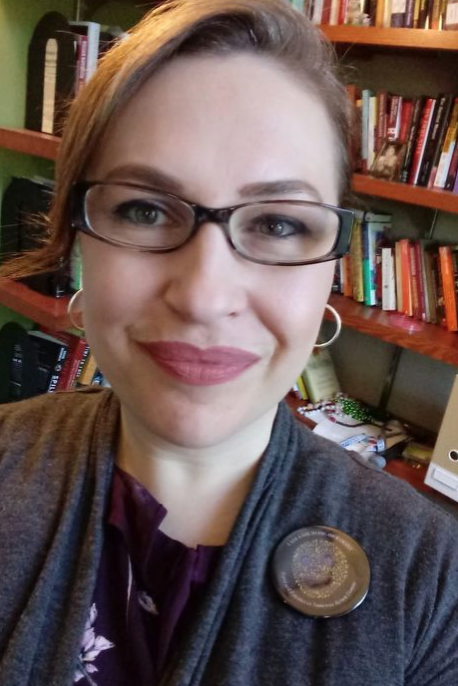COVID-19 on Election Day: Staying safe at the polls
October 6, 2020
As Nov. 3 approaches and COVID-19 remains a concern, Ohioans opting to vote in person can expect a different experience at the polls this election.
In collaboration with the Centers for Disease Control and Prevention and the Ohio Department of Health, Ohio Secretary of State Frank LaRose issued a 48-point Ohio Voting Safety Guide to each of the 88 county boards of elections [BOE].
According to the Ohio Secretary of State’s website, “The 48-point plan sets forth requirements for boards of elections, as well as recommendations for voters, for how to run a safe and healthy election this fall.”
BOE staff must take their temperature before working at the BOE, early voter center or polling location and are instructed to stay home if they’re not feeling well or have been exposed to someone with COVID-19.
Election officials are also required to wear appropriate personal protective equipment [PPE], including a cloth mask or face shield unless one of the following exceptions listed in the 48-point plan applies: the individual has a documented medical condition or disability that prevents the wearing of a face covering; or the individual is communicating with someone who is hearing-impaired or has another disability where the ability to see the mouth is essential for communication.
All voters are encouraged to wear a mask. “It’s important to note that while the Secretary of State may put requirements in place for election officials, no one can or should be able to prevent electors from casting their ballot, even if the elector chooses not to follow the recommendations in place to protect poll workers and other voters,” according to the Ohio Secretary of State’s website.
Dr. Tara Smith, a professor of epidemiology at Kent State, said the risk of contracting COVID-19 has to do with prolonged contact with other people or spending time indoors with others. Wearing masks can provide an added level of protection, but it isn’t possible to account for everyone heading to the polls and whether or not they’ll be wearing masks.
“It may be possible that people you’re standing next to in line or voting with inside the room could be maskless,” Dr. Smith said. “Which could mean they’re spreading the virus to you. Masks are not perfect in preventing you from acquiring the virus, they’re better for keeping you from spreading it to others. That’s really the biggest risk. We know this virus can spread through inhalation and if you’re spending a good amount of time waiting in line next to people or inside of the actual voting area, then you could inhale the virus and pick it up from the voting process.”
Risk level is also associated with how busy the polling location is. Dr. Smith said risk level increases the longer people are in close proximity with each other, specifically indoors.
Per the 48-point plan, there will be clear social distancing markers to remind voters to keep six feet between themselves and others. Where social distancing is not possible, BOE staff are encouraged to consider the use of clear plastic barriers or face shields, as well as cloth face masks.
Despite these best practices, Dr. Smith said she doesn’t think anything can completely guarantee a safe in person voting experience and encouraged in person voters to still practice the safety precautions seen for the past several months including wearing masks, distancing and sanitizing.
“We were very concerned early on that these inanimate objects you touch could spread the virus, it doesn’t seem to be the case, but you still want to be careful with those,” Dr. Smith said. “So, single use pens, wiping them off with an alcohol solution or something like that while you’re signing your voting sheet. But also, [there should be] hand sanitizer everywhere if you can’t wash your hands. I think they’re doing a lot of that, so I don’t really know what other steps could be taken. I think they’re kinda maxed out with what they can do to prevent transmission at the voting precincts themselves.”
Contact Maria McGinnis at [email protected].

























